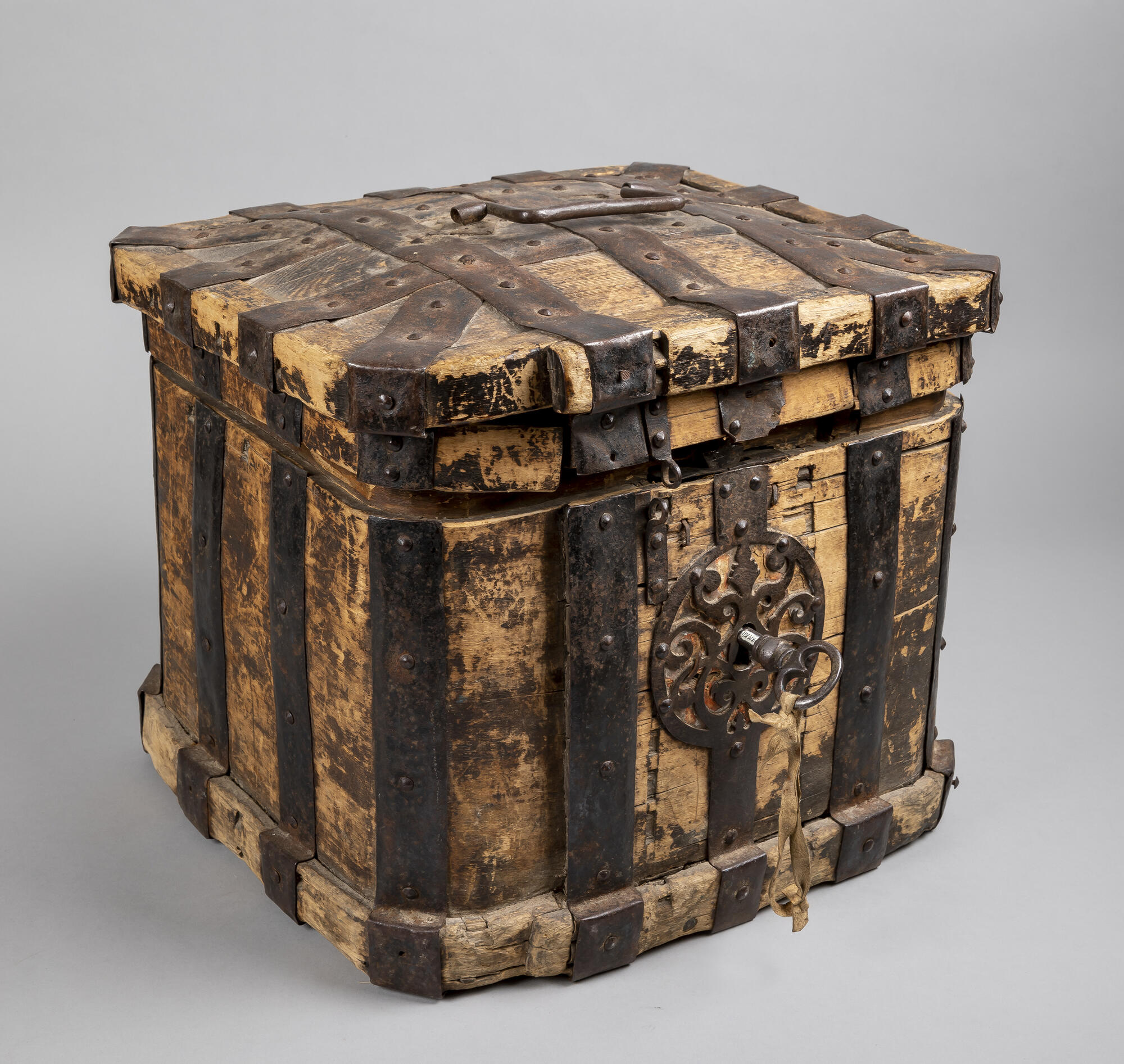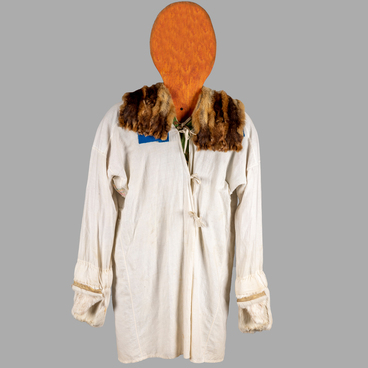The first ironworks in the Urals were built in the first third of the 18th century. At the same time, Peter the Great was introducing saws for making boards into the Russian way of life, and water-powered sawmills began appearing in factories. From then on, to produce a board one did not need to cut it with an ax — as had been previously the norm — but simply used a saw. This made a rather expensive product, such as the board, quite affordable. Blacksmithing and mechanical workshops were rapidly opening at factories and used for making tools and fittings.
Under Peter I, the production of roofing iron and tinplate was established at the Demidov factories. They were of such good quality that products made at these factories were eagerly bought by other countries.
The availability of boards, sheet metal and fittings set the scene for the emergence of a new trade, which was the manufacture of wrought-iron chests. Such chests were trimmed with tin and reinforced with iron fittings. Unlike ordinary wooden chests, wrought-iron chests were not as susceptible to pest damage and were better equipped for moving and fending off thieves.
Chest-making flourished in Nevyansk, Nizhny Tagil and Byn’gi.
Expensive chests were painted and made into true works of art. Ordinary chests were more modestly decorated.
By the end of the 19th century, Ural chests spread to places far beyond the region — they were very much loved in Central Asia. A special kind of decorated chest called “Bukhara” was made exclusively for them. A chest could be found in every home and almost certainly more than one. They were usually green and made in Nizhny Tagil. They were seen as valuable items and prized possessions.
At the same time, chests acquired an air of outdatedness. If at some point people sat on their chests, slept on them and kept all their valuables inside them, now they wanted to sit on Viennese chairs, sleep on iron beds, and store things in cupboards and closets.
The Soviet regime breathed a new life into the chest industry. Millions of people lost all their property and were forced to move out of their homes. So instead of buying furniture which was extremely expensive, too bulky and produced in meager amounts, these people started buying chests, which were much more suited for constant travels and protected the owner’s belongings from being stolen or damaged.





